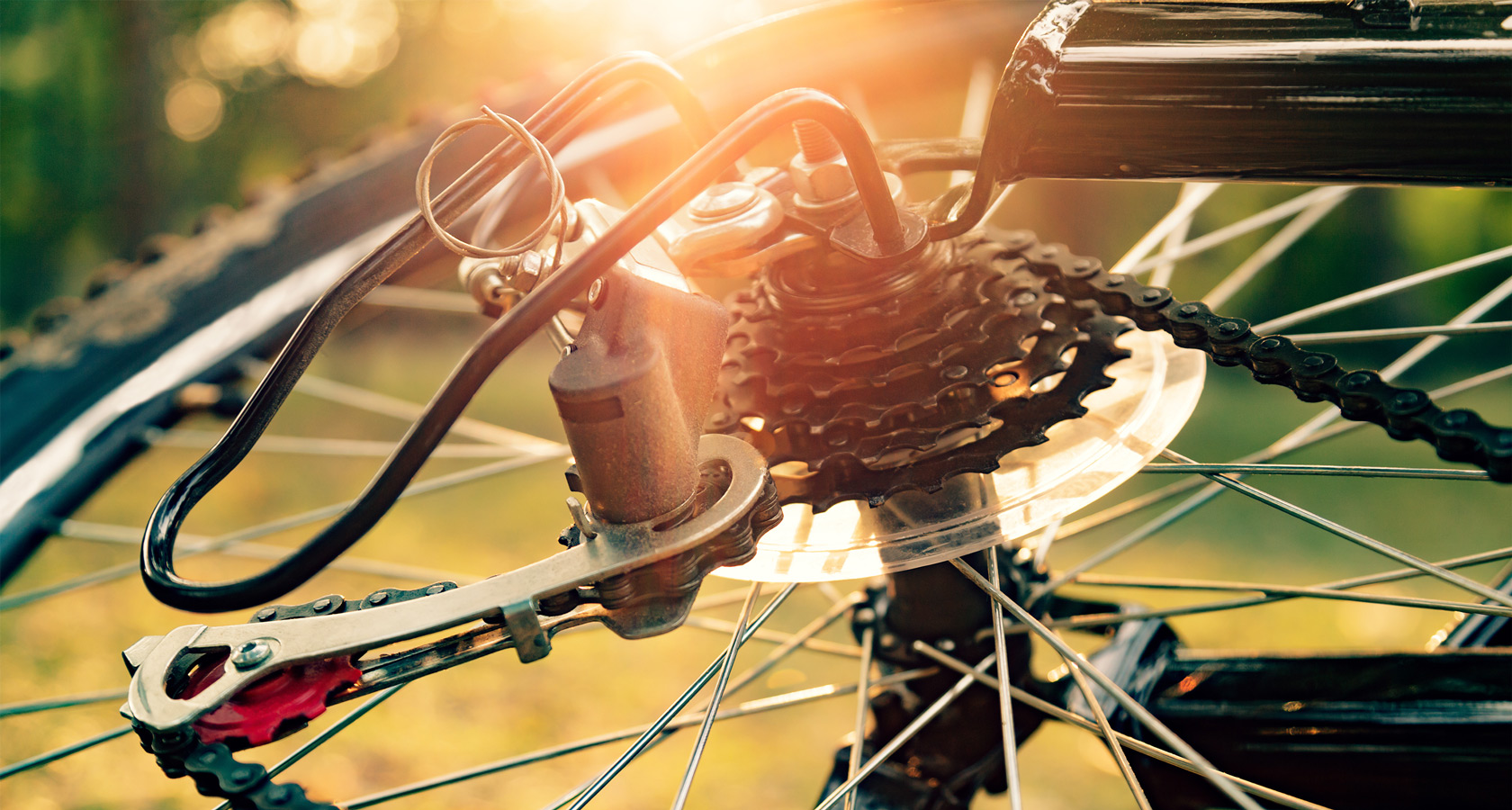How, When and Why to Shift Gears
Bicycle gearing was invented just after the turn of the 20th century. Now, 100 years later, with the advent of electric shifting finally reaching the forefront of cycling technology, it’s more fashionable than ever to ride a single speed. Go figure. The cycling industry is cyclical, too. A few years ago, Shimano matched Campagnolo by introducing a 10-speed gruppo, to which Campy unveiled their 11-speed gruppo. Bikes are evolving with more gears and more gear ratios, but what does that mean for triathletes?
Being a triathlete is different from being a cyclist in one very distinct way; running off the bike. In that difference, it is important that you use your 20 gears (or 22), to allow for optimal performance without sacrificing your run. Here are a few ways to get a better bike split, and, ultimately, a better run split and why.
How: Cross-chaining
The scenario: You just made the final click with your rear shifter and now all you hear is metal-to-metal grinding.
The solution: Your front derailleur should be equipped with a gap shift, or ghost shift, where you can shift up or down without moving the chain to the other chain ring. This ability allows you to accommodate for the angle of the chain. When the chain is in the big ring in the front and the little ring on the rear wheel (or in the small up front and the biggest on the rear wheel), you experience “cross-chaining.” Cross-chaining puts undo stress on the chain and is an inefficient transfer of power from the pedals to the rear wheel. Your goal is to make the chain straighter by adjusting your gear ratios. This may require you to move the chain to the other chain ring up front, and then adjust your chain position on the rear wheel.
When: Anticipate the Shift
The scenario: You begin ascending a hill. You ride fast and continue to push the pedals until your speed and cadence slow. You have to shift now because it’s too hard to turn the pedals. The chain aches to shift with all the tension between the pedals and the rear wheel. It feels like the chain is going to snap. The amount of power you have to put out to maintain any speed is tremendous. By the time you get to the top of the hill, you’ve gone anaerobic, and now it takes you a minute to recover from the effort.
The solution: Anticipate the shift. Shift a second before your feet, or your cadence, slow down. Be one shift ahead of yourself always. The goal is to carry your momentum when going uphill and to maintain your resistance going downhill. If you can carry that momentum and resistance, you will travel farther with less energy expenditure. When riding up a long or steep hill, this may require shifting a lot. That’s fine. Shift a lot. Don’t let your feet slow down, ever. If you are in the big ring and your cadence drops below 65, it’s time to get into the small ring. A higher cadence can get you up the hill just as fast as a lower one with a lot less energy, and less time needed to recover.
Why: Cadence and the Run
The scenario: You say you have strong legs and that you love to ride in a harder gear. It’s just more comfortable than spinning at a high cadence like that instructor of your spin class. Or you feel the exact opposite.
The solution: There are typically two types of cyclists in triathlon — those who feel more comfortable with a slow turnover and those who spin very high. Neither is right nor wrong. A general cadence for triathletes, however, is in the area of 90 revolutions per minute. Being comfortable at 90 rpm depends on a few aspects such as muscle fiber type, riding experience and how fast you intend to run off the bike. But generally speaking, this number represents an ideal turnover rate for running and should allow for a better bike to run transition.


